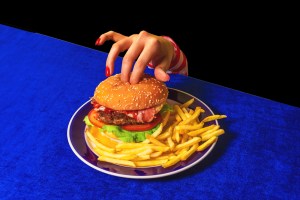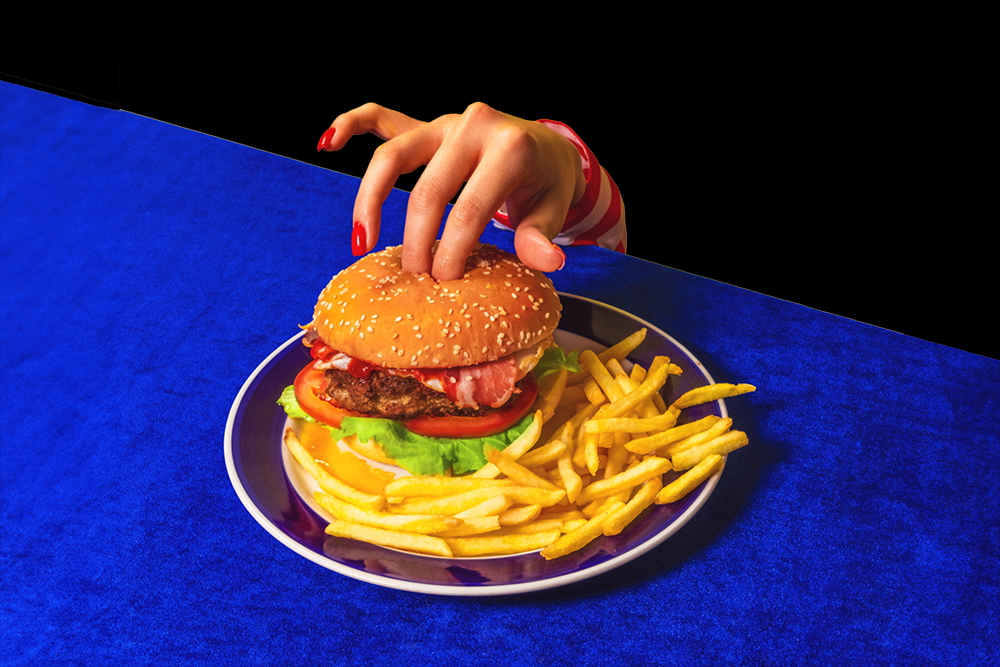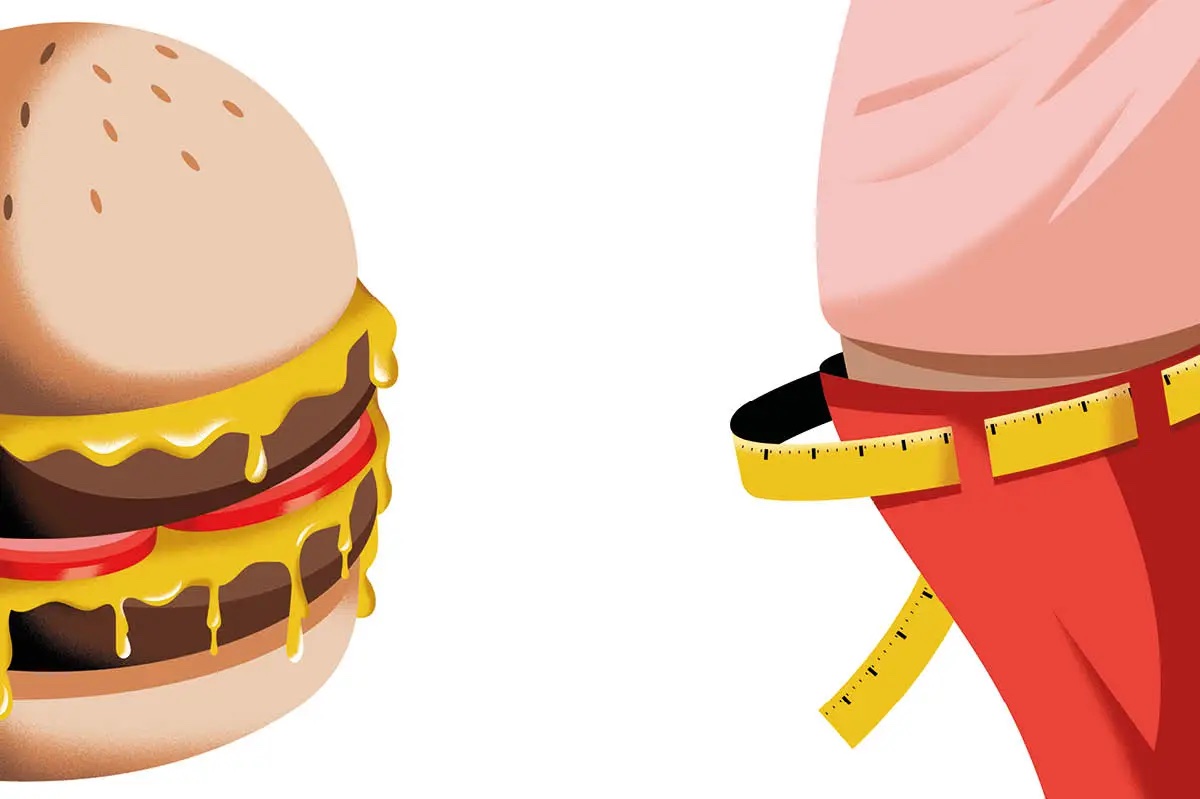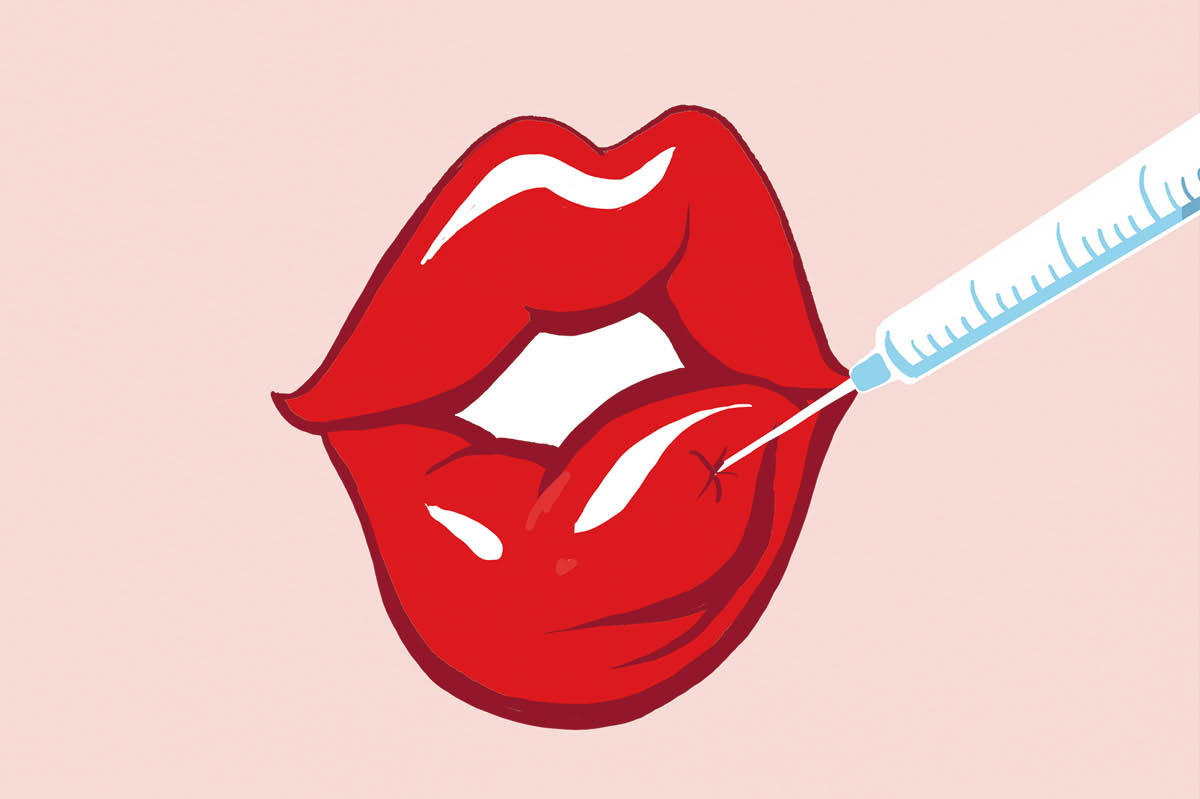We’re getting fatter. We even have a whole day dedicated to it now, World Obesity Day. We are reminded about our expanding waistbands and inflated cheeks every time we walk down the street, or look at an XXL model stuck onto a magazine cover to make the rest of us chubsters feel empowered.
I don’t feel empowered at all. I feel alarmed — and confused. In a time when such advanced medicine is at our fingertips, the obesity problem is worse than ever. In America, one person dies from cardiovascular disease every thirty-four seconds, making it the biggest killer in the country. Globally, the World Health Organization estimates that obesity is responsible for 2.8 million deaths each year. But what if there were a simple way to stop us from eating ourselves to death?
That may finally be the case. The whole problem might be about to be solved with a pill as weight-loss drugs seem to have reached a watershed moment. More are being approved by regulators and more and more are being prescribed.
Earlier this year the American Academy of Pediatrics recommended use of weight-loss drugs in children aged twelve or older for treatment of obesity. The new guidelines — which have been updated the first time in over a decade — focus on treatment as opposed to prevention. In other words, we’ve given up telling people not to gorge themselves into an early grave and have resorted to sorting them out when they inevitably do it anyway. Tuck in, kids.
At a dinner party last week a friend boasted about his disappearing appetite. After piling on the pounds over the holidays, he had scanned online for something that could help that didn’t require a sweatband or, God forbid, a squat. He soon came across Ozempic. Typically used to treat diabetes, last year Ozempic gained notoriety after it caught on among celebrities and TikTok influencers. Elon Musk gushed about the drug’s weight-loss potential, saying it made him look “fit, ripped and healthy,” thanks to its hunger-suppressant side effects. I still think he looks like cottage cheese, but I’m happy for him.
Since the Food and Drug Administration first approved the drug to treat obesity in 2021, #Ozempic has been viewed on TikTok over 456 million times. Scrolling through shows stories of teens who have lost over 100 pounds, before-and-after pictures of celebrities who are said to use the drug as their secret weight-loss weapon, and teary testimonies of formerly obese people who, before Ozempic, were on the verge of giving up.
This new war on weight is sure to make some feel uneasy. For years we have frowned upon those who lose weight through pills and gastric-band surgeries. We want discipline and suffering. We want people to have to eat their greens and run marathons. We don’t want shortcuts. But in a world where we’re all getting fatter, does it really matter how we get thin?
My Ozempic-jabbing friend is, admittedly, more interested in his appearance than his health. When I asked why he was so eager to lose weight (I didn’t notice he had gained any), he looked at me and said, “Heroin chic is back, didn’t you know?” before going on to tell me that the only side effect of the drug was feeling a bit sick all the time. He added, “I suppose that’s how it is when you’re fat anyway, so heigh-ho.”
His malnourished brain may be hazy, but he is right about one thing: thin is in, and it isn’t just the numbers on the scale that are pushing this latest trend. Heroin chic, a term popularized in early 1990s fashion, is about more than being skinny. It is about baggy clothes, stringy hair, hollow cheeks and dark circles under your eyes.
Ironically, the Kardashian sisters, who have proudly flaunted (and augmented) their curves for years, are in the vanguard of this new movement. Late last year Kim and Khloé got skinny very quickly. Kim famously claimed she lost sixteen pounds in three weeks in order to fit into Marilyn Monroe’s dress for the Met Gala. Some have speculated that the sisters have had their Brazilian butt lifts reversed (not that either has ever admitted to having undergone the procedure).
Alongside the diet pills and sucked-in waists, celebrities are opting for more drastic measures to get the heroin chic look. Unlike the “slim-thick” era, which saw women scrambling to get the fat in the “right” places, heroin chic is all about having no fat at all. Because of this, all over the world women are lining up to have the fat scraped out of their cheeks, in a procedure called buccal fat removal. This surgery is not for the faint-hearted: an incision is made inside the mouth and the buccal fat pads are removed with liposuction. The results are permanent; once you bin the buccal fat, you never go back. It is no surprise that nobody is admitting to having the surgery. Celebrities go to sleep looking like Robbie Coltrane and wake up looking like Angelina Jolie. Their entire faces have changed, and they want us to believe it is down to green juices and yoga.
But what happens when we’re all thin? With lunchtime Botox appointments and vampire facials, looking perfect is theoretically easier than ever. Jennifer S. Mills, a clinical psychologist who teaches at York University, specializes in body image. She tells me that regardless of how many different variations of nips and tucks you can get, the war on weight will likely remain the preserve of the rich and famous: “These medications, diet pills, Ozempic, are incredibly expensive. There’s still going to be the vast majority of people who are not as thin as they want to be, or society tells them they should be.” According to Dr. Mills this will worsen the stigma that surrounds overweight people, because they’ll think they have no excuse. “People will say, ‘well, there’s lots of things you can try. Right? There are all these things at your disposal and you’re still fat. That’s unacceptable.’”
On Harley Street, London’s plastic-surgery hotspot, walking past the private-practice townhouses is like scrolling through Instagram. Women totter around in five-inch heels, huge sunglasses shielding their faces. Look closely and you can glimpse the bandages underneath. To understand what is in fashion, locate the freshest scars.
Dr. Deniz Kanliada, a plastic surgeon, tells me that “the most common trend now, especially with young girls, is not the BBL but a very thin waist.” In order to achieve this with minimal surgery, Dr. Kanliada offers a “micro-liposuction.” You’re looking at $6,000-$7,000 for the surgery, which can be done under local anesthetic. That doesn’t seem to be putting people off as Dr. Kanliada has completed hundreds of the procedures over the last few months.
The slim-thick era is over, Dr. Kanliada tells me. And while you may have been tricked into believing that it was less harmful for your body, when thick thighs and big booties were the in thing, you’d be wrong. Dr. Mills claims that all these fashions are misogynistic because in order to be desirable, you have to have fat in the right places: “It’s another level at which women are expected to manipulate their bodies in completely unnatural and frankly unhealthy ways. When the slim-thick ideal took off, I think at first there was optimism that this was ushering in a new era of a curvier, more realistic ideal. Now we know that that wasn’t the case. There was nothing natural or attainable about an exaggerated hourglass figure.”
Perhaps the most alarming part of this new trend is how young the patients are. According to Dr. Mills, “These aren’t women in their sixties getting facelifts to look ten years younger: it’s women in their twenties getting all kinds of procedures that are not age-related, but weight-related.”
Dr. Kanliada agrees: “Because of social media now, so many seventeen- and eighteen-year-old girls are coming to me to try to have things like facial-slimming Botox. They’re telling me, ‘I want to lift my eyebrows; I want to look more attractive. I want to have cheek fillers and chin fillers to look more chiseled.’ Of course, we turn them away.” Dr. Kanliada adds that cosmetic fashions are changing every few years thanks to Instagram. “Most of them are coming in asking to make them look like photos which are altered on Photoshop,” he explains. “They’re coming and saying, ‘I want to look like this filter,’ which is not possible in real life.”
These unrealistic aspirations are troubling — and no one wants young women to starve themselves or get so much work done they end up looking like Donatella Versace. But the body positivity movement that has sprung up in opposition to thinness trends is disturbing too. There is a trope that thinness is “alarming” or an “unhealthy obsession.” Many seem to want us to avoid acknowledging the obvious: that obesity is unhealthy. In some cases, morbid obesity isn’t just accepted but celebrated. Look at Lizzo. The plus-size singer has claimed that “girls who are in the eighteen-plus club need to be benefiting from the mainstream effect of body positivity now. With everything that goes mainstream, it gets made acceptable… Being fat is normal.” But normal and healthy aren’t the same thing. Even if we can be forgiven for putting on a few extra pounds, size eighteen is an unhealthy weight.
In the meantime, thin is in. Some will take pills, some will get nipped and tucked. Some will run marathons and drink green shakes. And some will become one of those insufferable people that go on about their personal trainer. And while I won’t be getting my cheeks sliced open any time soon, I will welcome heroin chic’s return as part of an overdue recognition that we need to shed the extra pounds.
This article was originally published in The Spectator’s March 2023 World edition.

























